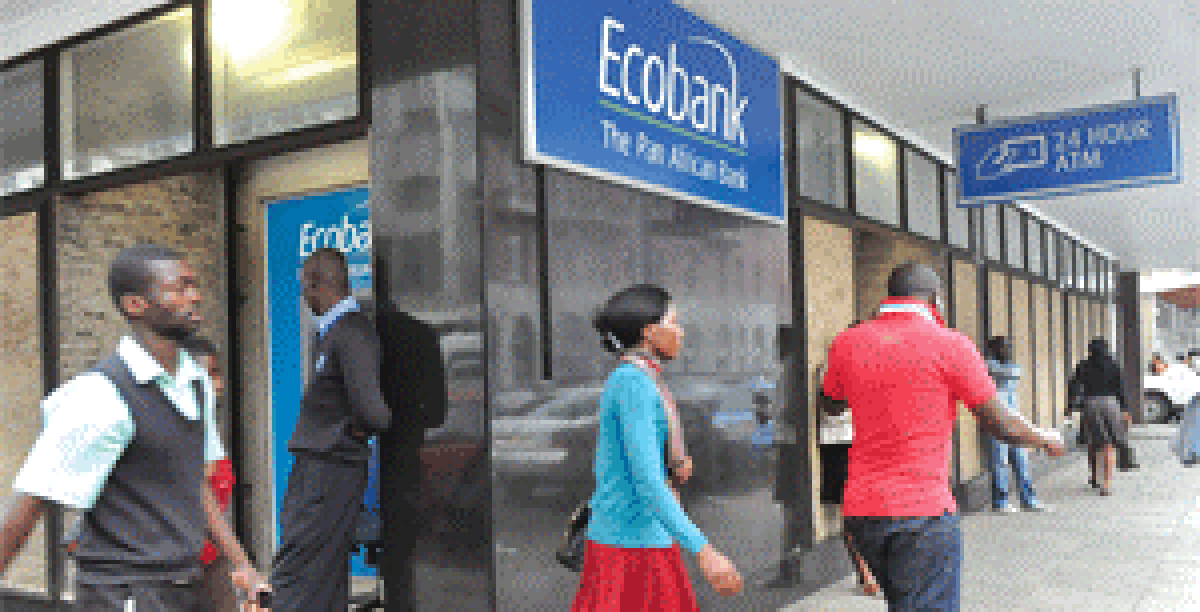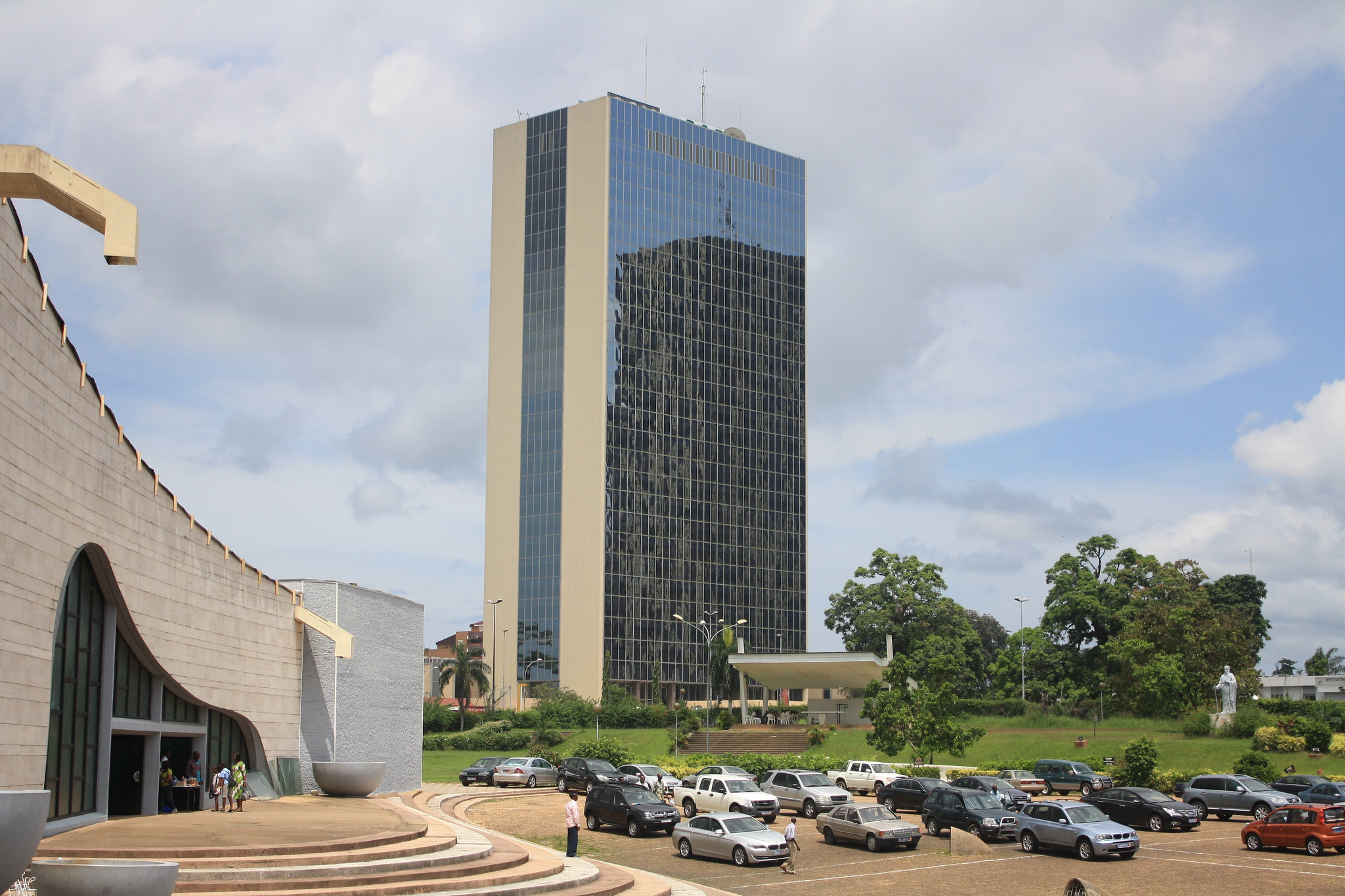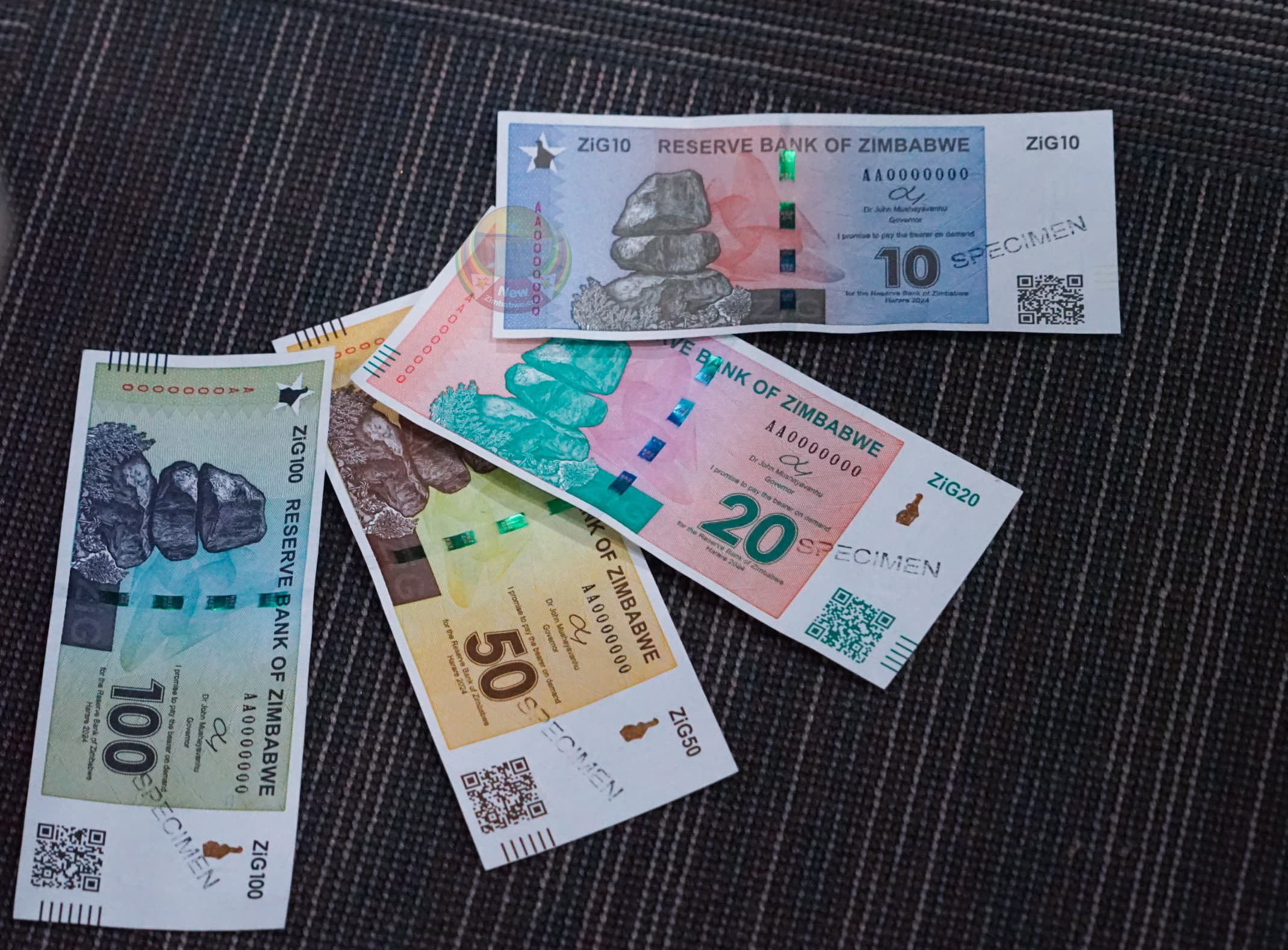Shaping the future: Eco-friendly, sustainable home features
In recent years, there has been a significant shift towards eco-friendly and sustainable practices across various industries, including construction and real estate development.
As our society becomes more aware of the pressing need to address environmental concerns, these sectors are embracing innovative and eco-conscious solutions.
This focus on sustainable practices not only benefits the environment but also creates opportunities for long-term cost savings and increased property value.
In this article, I will explore some of the cutting-edge, eco-friendly features that are currently being used and highlight their potential for mass usage in the future in markets such as our own, here in Zimbabwe.
Gone are the days when “green living” or “going green” were just a catchphrase; today, it has become a way of life for many.
The real estate industry is profoundly transforming, embracing sustainable practices and community-centric development.
Property developers such as WestProp Holdings are reshaping how we construct and live in our communities by prioritizing environmental responsibility, fostering social connectivity, and creating inclusive spaces that add value to the residents of these homes.
This lifestyle approach is not only reserved for the rich or first-world countries, but we all have a part to play in ensuring sustainable living habits that will leave a better home for future generations to come.
And as an entrepreneur who is involved in the real estate sector, this topic is very close to my heart.
Sustainable real estate refers to the planning, construction, operation and maintenance of buildings that have a minimal negative impact on the environment while maximizing resource efficiency and the occupants’ well-being.
This approach emphasizes the long-term sustainability of the built environment, ensuring that all the buildings are environmentally responsible, economically viable, and socially beneficial for those who use the structures.
By integrating sustainability and eco-friendly features into real estate projects, developers can create environmentally friendly buildings that reduce energy consumption and promote a healthier living environment.
The benefits of sustainable real estate development are numerous; including improved air quality, enhanced comfort, and reduced utility bills. Overall, implementing these eco-friendly features helps us to reduce our carbon footprint.
According to the United Nations Environment Program, sustainable practices in real estate can reduce energy consumption by up to 30 percent, water usage by up to 50 percent and greenhouse gas emissions by up to 40 percent.
As the world becomes increasingly aware and has a better understanding of the negative impact of climate change and environmental degradation, we ought to be pioneers in our various sectors in the adoption of sustainable and eco-friendly features.
At WestProp, we are also playing our part in the adoption of these features in our various projects.
Let’s discuss some of the sustainable features that can be adopted in the real estate development sector!
Solar Power
The adoption of solar power in Zimbabwe was out of necessity, as a supplement to address our country’s power shortages.
However, this has also helped in the “going green” efforts. And with optimum sunlight throughout the year, solar power is fast becoming popular in new real estate developments.
With the advancement of solar technology, harnessing the power of sunlight is becoming increasingly affordable and accessible to the mass population.
Solar panels are being integrated into residential designs, allowing homes to have a reliable electricity supply.
At WestProp Holdings we have also adopted the integration of solar power into our home designs. For example, at Millennium Heights – one of our flagship developments – each block of apartments has its own dedicated solar power system, ensuring an efficient, affordable and reliable electricity supply for our residents.
This eco-friendly feature not only cuts down energy bills but also cuts down our reliance on electricity from the grid.
This electricity can be redirected to other areas that need it more.
This also contributes to a significant reduction in carbon emissions. As the cost of solar panels continues to decline and overall solar panel efficiency improves, we can expect their mass adoption in residential construction projects.
Smart Home Automation
Smart home automation is revolutionizing the way we use energy in our homes. These systems enable homeowners to monitor and control their appliances and systems remotely, optimizing energy consumption and reducing energy waste.
Features such as programmable thermostats, smart lighting, and integrated energy management systems are being implemented to minimize energy usage without sacrificing comfort.
As technology progresses, smart homes will become more energy-efficient, intuitive, and sustainable, driving the future of eco-friendly living.
Home automation allows real estate developers to prioritize the efficient use of limited resources, such as electricity and water.
In a city like Harare, the impact of such a feature cannot be trivialized. At Millennium Heights, we are also pioneering the use of smart home features to ensure maximum efficiency in all our buildings.
Through the use of technology, we are able to improve the quality of life of our residents. These new technologies are improving daily and becoming more affordable, ensuring that everyone can have access to them and adopt them.
As property developers, we have to take a leading role in the adoption and implementation of such new technologies if we want to be as eco-friendly as possible.
Energy-Efficient Insulation
Traditional insulation materials have long been a primary cause of energy inefficiency in homes.
However, new developments in this field are changing the game. Eco-friendly insulation options, such offer superior thermal performance while minimizing environmental impact.
These materials are often made from recycled or renewable sources, reducing waste and cutting energy demands for heating and cooling. As awareness grows about the importance of energy-efficient homes, eco-friendly insulation solutions are poised to become the industry standard.
In Zimbabwe, we’re blessed with mild weather which doesn’t require us to insulate our homes. Our windows, skylights and doors usually do enough to help with home insulation and temperature regulation.
However, more can still be done to improve our home cooling and heating solutions by using energy-efficient materials.
Over time, this will reduce the energy consumed by the building for heating and cooling. However, this is only one-half of the solution. Remember conserving energy requires more than simply using energy efficient technologies.
The other half involves the people who stay in these buildings. If the people living and working in the building do not lead energy-efficient lifestyles, then only so much can be done to reduce a building’s environmental footprint. We need to start raising awareness and educating our people on these topics.
We might not be as adversely affected by phenomena such as global warming (although I will say that we can feel the effects), but that won’t be the case forever.
This gives us a chance to get ahead of the situation by educating our people on what they can do to play a part in living sustainable lives and the adoption of eco-friendly home features.
Water Conservation Systems
Water scarcity is not only a global concern, but our own city, Harare and Zimbabwe at large has been water insecure for a number of years.
This makes water conservation an essential aspect of sustainable and eco-friendly features in property development. Builders and developers are integrating eco-friendly fixtures like low-flow toilets, water-efficient faucets, and rainwater harvesting systems to reduce water consumption.
Greywater recycling systems are rising in popularity, allowing for the reuse of wastewater for non-potable purposes, such as toilet flushing and irrigation.
Using alternative water sources for tasks like flushing toilets and irrigating lawns allows the green building to retain high-quality fresh water for essential tasks, like drinking and cooking.
At WestProp Holdings, we are also making strides to install water harvesting and reticulation systems at all of our projects.
These systems will add value to the properties we’re constructing and improve the quality of life of our residents. As water becomes scarcer, these conservation systems will offer compelling value propositions for property developers and homeowners.
Green Roofs and Walls
Green roofs and walls, also known as living roofs and walls, are a growing eco-friendly feature that promotes biodiversity, reduces urban heat islands, and enhances home insulation.
These installations consist of vegetation and soil layers, integrated onto structures, offering an aesthetically pleasing and sustainable alternative to traditional roofing materials.
Green roofs and walls help manage stormwater runoff, improve air quality, and provide natural insulation, reducing the need for excessive energy consumption for heating and cooling. The broad adoption of these features can transform urban landscapes into green, vibrant and sustainable living environments.
Green roofs offer significant benefits in the long run, including a longer roof life and heating and cooling energy savings.
Green roofs also provide residents with an opportunity for urban food production and increase urban biodiversity. If well-designed and cared for, green roofs can offer people the psychological benefits of nature.
The new Millennium Heights Block 4 was designed and will be built with green roofs and walls and as WestProp we’re leading the way in the adoption of eco-friendly and sustainable home features that can be adopted in the property development sector.
Through these actions, we are able to initiate conversations around the subject of securing a future for the coming generations. Through these actions, we are able to play our part in creating sustainable residences that mitigate the effects of global warming.
Conclusion
Through collaboration between stakeholders, innovative design, and a commitment to sustainable practices, the industry is evolving to create a built environment that not only meets the needs of today but also leaves a positive legacy for generations to come by using technology to find solutions.
Technology is intended to make our lives better daily, and sustainable real estate development is no exception. New technologies are improving green real estate development every year, therefore, as market leaders need to implement the newest technologies if they want to be as eco-friendly as possible.
The future of eco-friendly and sustainable home features in construction and real estate development is favourably poised for growth.
The examples mentioned above are only a glimpse into the myriad of possibilities awaiting mass adoption. As consumer demand for green living rises, industry professionals must continue incorporating eco-friendly features into building designs and construction practices.
By embracing these sustainable alternatives, we can usher in a future where homes are not only energy-efficient but also environmentally friendly, mitigating the impact of climate change and preserving the planet for generations to come.
Disclaimer: This article was presented on Ken Sharpe’s Linkedin page purely as a reflection of In recent years, there has been a significant shift towards eco-friendly and sustainable practices across various industries, including construction and real estate development. As our society becomes more aware of the pressing need to address environmental concerns, these sectors are embracing innovative and eco-conscious solutions. This focus on sustainable practices not only benefits the environment but also creates opportunities for long-term cost savings and increased property value. In this article, I will explore some of the cutting-edge, eco-friendly features that are currently being used and highlight their potential for mass usage in the future in markets such as our own, here in Zimbabwe.-ebusinesss











